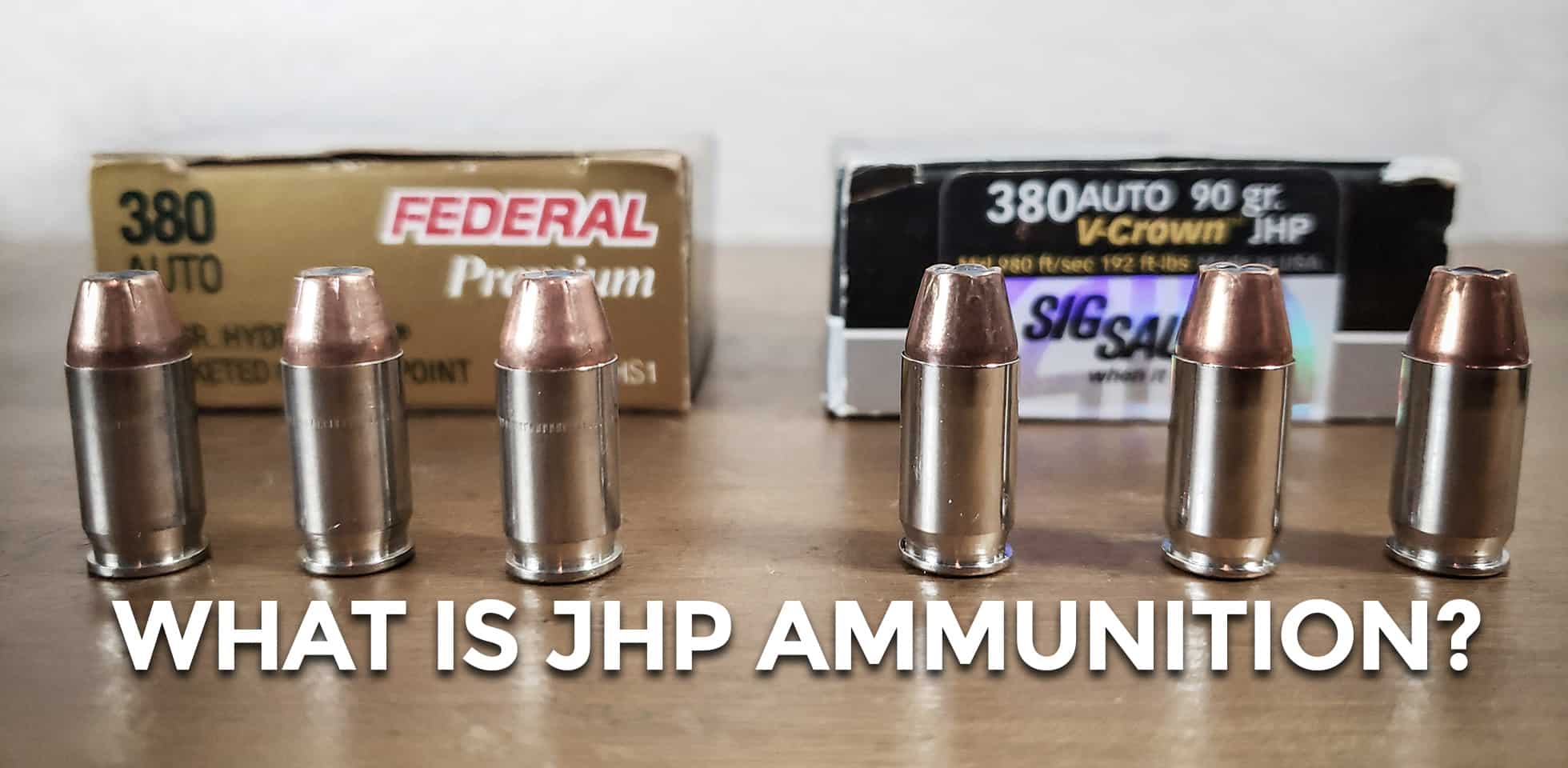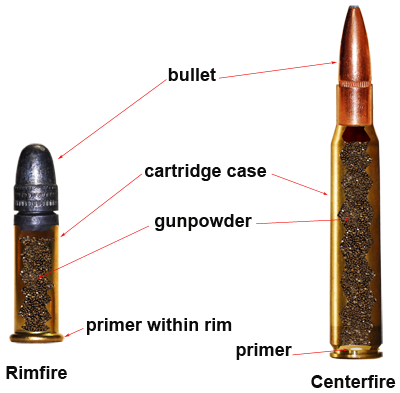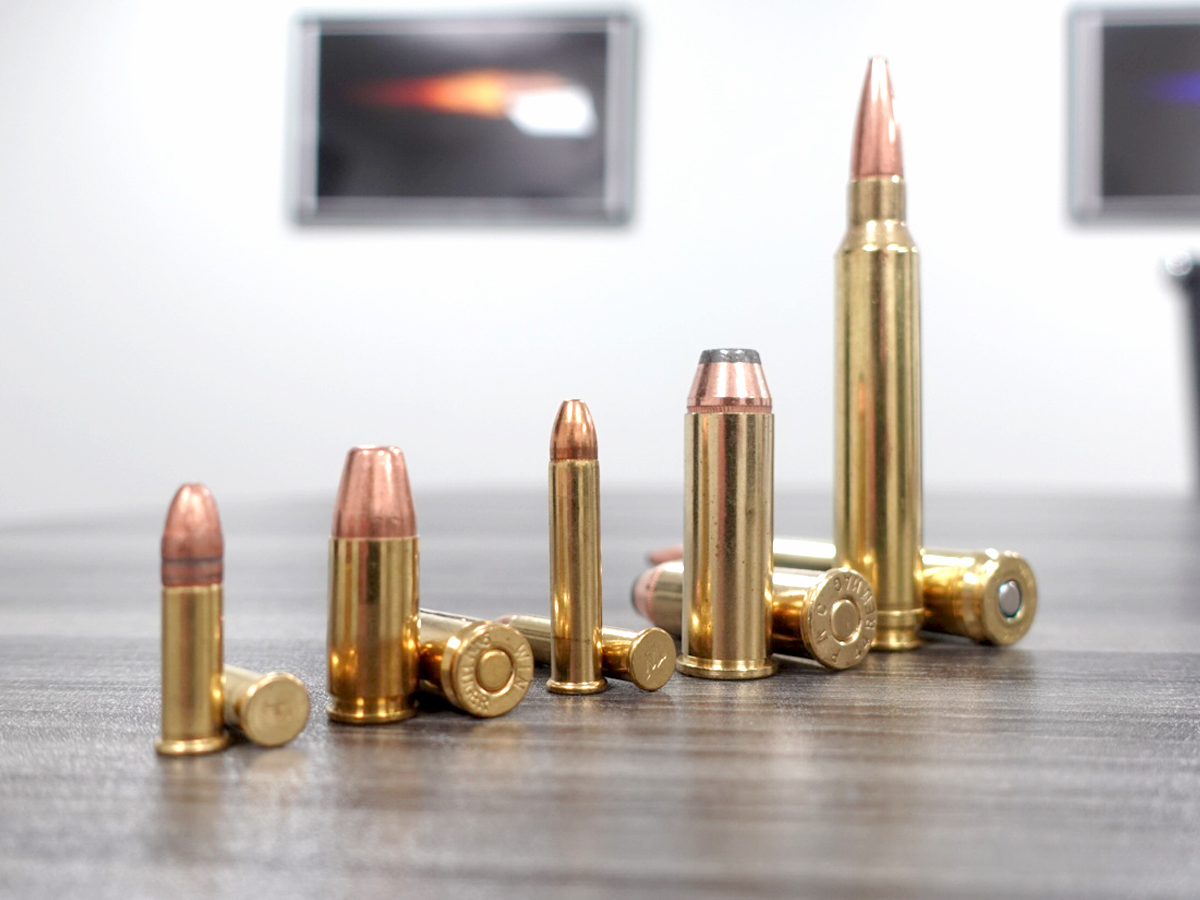Excitement About Ammunition Pro Llc
Excitement About Ammunition Pro Llc
Blog Article
More About Ammunition Pro Llc
Table of ContentsFacts About Ammunition Pro Llc UncoveredA Biased View of Ammunition Pro LlcThe Ultimate Guide To Ammunition Pro LlcA Biased View of Ammunition Pro LlcAn Unbiased View of Ammunition Pro Llc
The fundamental components of ammunition are the same for rifle, pistol, and shotgun ammunition. Today we're looking at the what the basic components of ammunition are and just how they function together to terminate a round.The bullet is seated in the open end of the case. When you fire a bullet out of a semi-auto weapon, the gun's extractor raises the case from the shooting chamber and it flies out of the weapon.
A weapon's shooting pin strikes a cartridge's guide. The primer is a metal cup that holds an eruptive chemical substance. When the shooting pin strikes the primer cap, it squashes the priming substance against the anvil. This creates a little surge in case that stirs up the propellant. The guide is located in the rim of the situation of a rimfire cartridge.
The 2-Minute Rule for Ammunition Pro Llc
Gunpowder next to the situation that generally contains it. It is usually a blend of saltpeter, charcoal, and sulfur.

We call the projectiles for shotshells, which we discharge with shotguns, slugs and shot. A slug is one solid piece, normally constructed out of lead. Shot is a group of pellets made out of lead, steel, bismuth, or tungsten alloy. Shot pellets can come in different sizes and quantities. Since you have a basic understanding of the basic components of ammo, you can really feel a little extra confident in how your gun and ammunition function!.
Ammunition Pro Llc - An Overview
Stay on top of Special Deals, Advance Notification of Sales, and Store Events
Fun truth: Grains are used to explain the mass of a bullet because right back in the early days of guns, it was an apothecary's system of dimension, and a common denominator was needed to determine just how much bring about make use of to make actors lead bullets (Ammo Retailer). 'Grains' as a system of action for weight goes all the way back to ancient times, and represents the weight of a grain of wheat

(https://youbiz.com/profile/ammunitiondde/)For reference, the weight of a paper clip is about 16 gr. We know that grains are a step of mass, and extra = much heavier, and heavy is great? Yes, heavy is great, yet mass of the projectile isn't the only point you require to think about when selecting a round for your gun.
Getting My Ammunition Pro Llc To Work
This spin is developed by grooves reduced or inculcated the inside of the barrel, which are described as 'rifling'. Fun reality, this is the beginning of the term "Rifle" ex. A gunned firearm vs. smoothbore firearm. The impact this spin carries projectiles is a supporting one the bullet turning keeps the nose pointed straight, in the very same method that a completely spiraled football toss is mosting likely to be far more steady and exact in trip than an ugly duck, end over end throw.
Exactly how does this associate with grain weight? Envision you get on among those play ground slide carousels, the ones with bars you hold on to while it rotates. Or a carnival adventure where you're strapped to a board, encountering inwards, which rotates really fast. When it's rotating gradually, you don't really feel much, and it's easy to hang on.
The very same result happens with bullets. The much heavier the projectile, the even more effect a much faster spin will certainly have on it.
Get This Report on Ammunition Pro Llc
There's one more element that we have to think about when selecting a grain weight for our ammo. As hinted at above, bullet speed, or the rate of the projectile, is a major factor when determining the very best grain weight projectile to use. Velocity is impacted by a couple of major variables, consisting of the kind and amount of propellant (gunpowder), barrel size, and bullet weight.

The most usual grain weight rounds for 9x19mm cartridges are 115gr and 124gr. These are generally lead core, fully jacketed (FMJ) rounds. Both of these grain weight cartridges will certainly perform well in factory 9mm pistols, to typical pistol ranges (as much as 50 backyards). 115 grain rounds are one of the most common (and consequently least costly).
Report this page